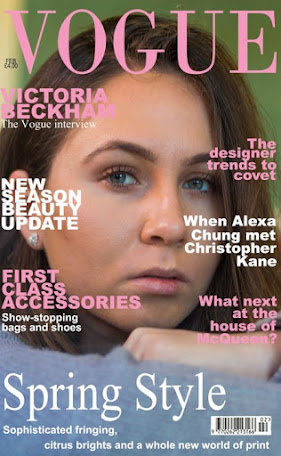Our first Music Video Close-Study Product will be Common's Letter to the Free which contains culturally significant representations of black Americans. We therefore need to study a range of theories that address the representation of black or minority ethnic people in the media.
Notes from the lesson
Paul Gilroy: The Black Atlantic
In The Black Atlantic (1993), Gilroy explores influences on black culture. One review states: “Gilroy’s ‘black Atlantic’ delineates a distinctively modern, cultural-political space that is not specifically African, American, Caribbean, or British, but is, rather, a hybrid mix of all of these at once.”
Gilroy is particularly interested in the idea of black diasporic identity – the feeling of never quite belonging or being accepted in western societies even to this day.
For example, Gilroy points to the slave trade as having a huge cultural influence on modern America – as highlighted by Common’s Letter to the Free.
Diaspora: A term that originates from the Greek word meaning “dispersion,” diaspora refers to the community of people that migrated from their homeland. [Source: facinghistory.org]
Gilroy on black music
Gilroy suggests that black music articulates diasporic experiences of resistance to white capitalist culture.
When writing about British diasporic identities, Gilroy discusses how many black Britons do not feel like they totally belong in Britain but are regarded as ‘English’ when they return to the country of their parents’ birth e.g. the Caribbean or Africa. This can create a sense of never truly belonging anywhere.
Stuart Hall: race representations in media
He suggests that western cultures are still white dominated and that ethnic minorities in the media are misinterpreted due to underlying racist tendencies. BAME people are often represented as ‘the other’.
- The Slave figure: “the faithful fieldhand… attached and devoted to ‘his’ master.” (Hall 1995)
- The Native: primitive, cheating, savage, barbarian, criminal.
- The Clown/Entertainer: a performer – “implying an ‘innate’ humour in the black man.” (Hall 1995)
Additional theories
Although not specified on the A Level Media specification, there are some fantastic theorists that have written and spoken brilliantly on black America and hip hop music. The following are bonus theorists that we think you'll find interesting and relevant when studying Common's Letter to the Free:
Tricia Rose was one of the first academics to study the cultural impact of the hip hop genre in her influential book Black Noise: Rap Music and Black Culture in Contemporary America (1994).
Rose suggested that hip hop initially gave audiences an insight into the lives of young, black, urban Americans and also gave them a voice (including empowering female artists). However, Rose has since criticised commercial hip hop and suggests black culture has been appropriated and exploited by capitalism.
Dyson suggests that political hip hop in the 1990s didn’t get the credit (or commercial success) it deserved and this led to the rap music of today – which can be flashy, sexualised and glamorising criminal behaviour.
Hip hop debate - full video
We've previously had requests in class for more on this hip hop debate - this appears to be the full Google debate on hip hop if you want to watch more from where those extracts came from.
Music Video theory - Childish Gambino blog task
Childish Gambino, the musical stage name of writer and performer Donald Glover, released an incredible critique of American culture and Donald Trump with This Is America in 2018.
The music video is a satirical comment on American culture, racism and gun violence. Racking up 10m views in the first 24 hours, it now stands at over half a billion views and has been dubbed ‘genius’ and ‘a masterpiece’.
Create a blogpost called 'Music video: theory', watch the video again then answer the questions below:
1) How does the This Is America video meet the key conventions of a music video? Look back at last week's introduction to music video if you're not sure.
2) What comment is the video making on American culture, racism and gun violence?
3) Write an analysis of the video applying the theories we have learned: Gilroy, Hall, Rose and Dyson. Write a short paragraph for each theory.
Now read this Guardian feature on This Is America - including the comments below.
4) What are the three interpretations suggested in the article?
5) What alternative interpretations of the video are offered in the comments 'below the line'? Choose two and explain what the comments are suggesting.
Extension task:
Media Magazine - This Is America: Music, Politics and Protest
Read This Is America: Music, Politics and Protest in MM65 (p14). You can find this in our Media Magazine archive. Answer the following questions:
1) The article offers an excellent textual analysis of the opening of the video. What are some of the suggested meanings and references the writer discusses? Can you link this analysis to any of the theorists we have studied?
2) What does the writer suggest are the main political themes in the video - and why is the message unclear?
3) What meanings and suggestions does the writer highlight in Beyonce's video for Formation?
4) What is notable about Glover's comedy drama TV show Atlanta?
5) What examples does the writer provide of hip hop as a political genre? What theorist can we link this to?
Due date on Google Classroom
